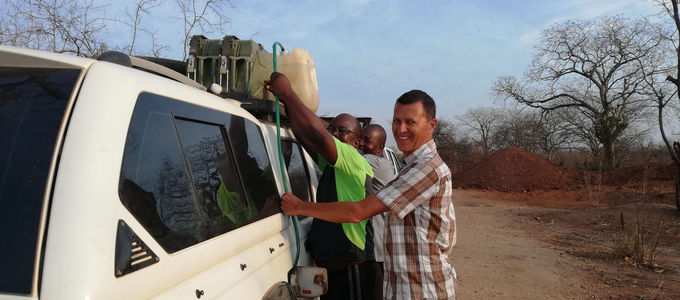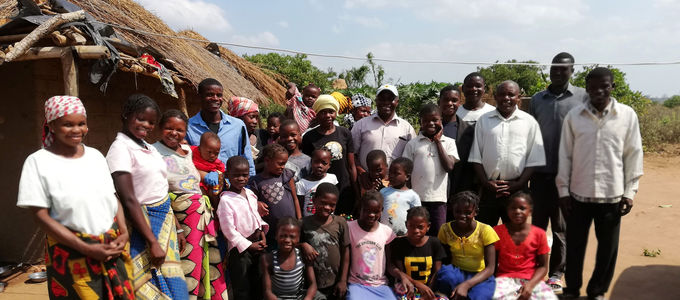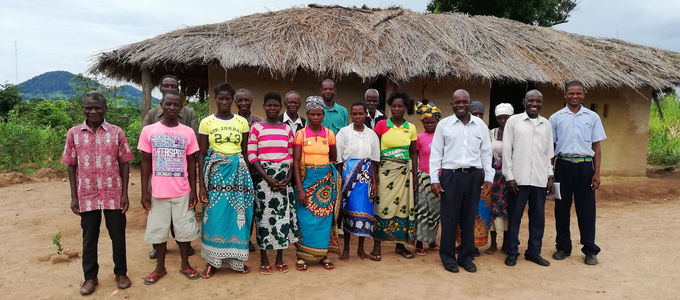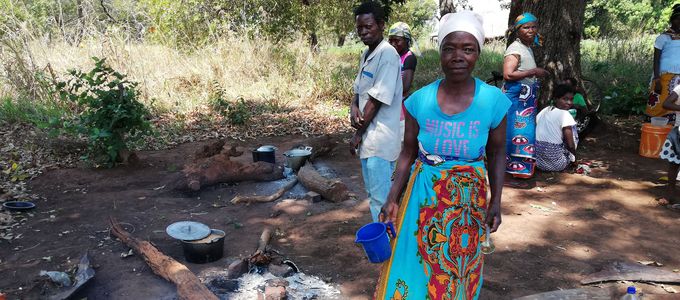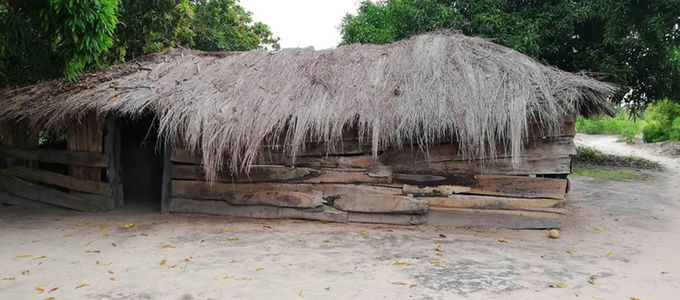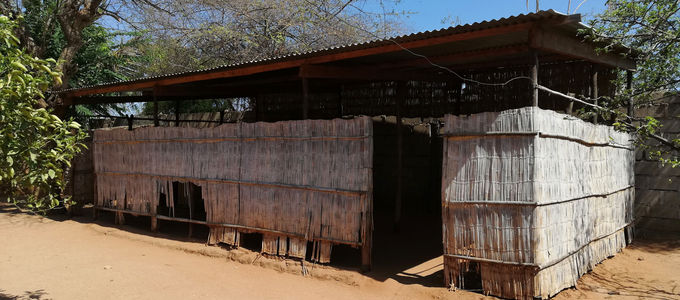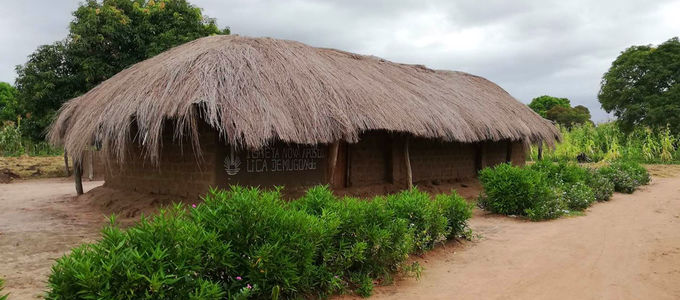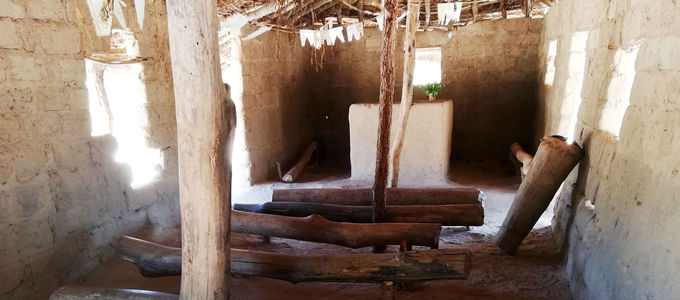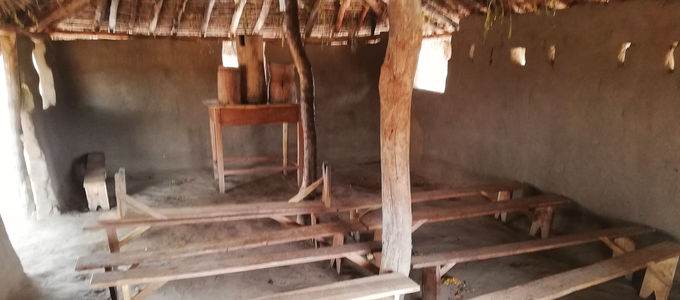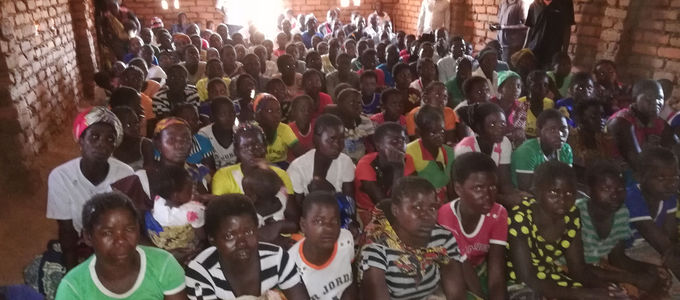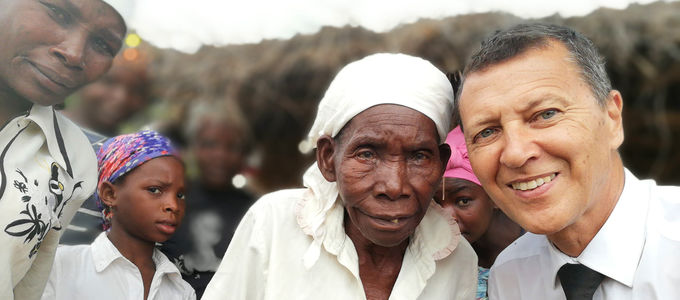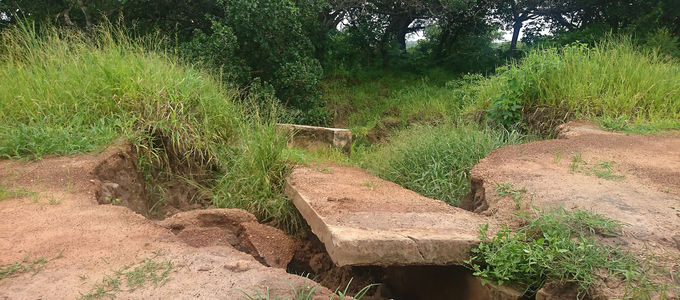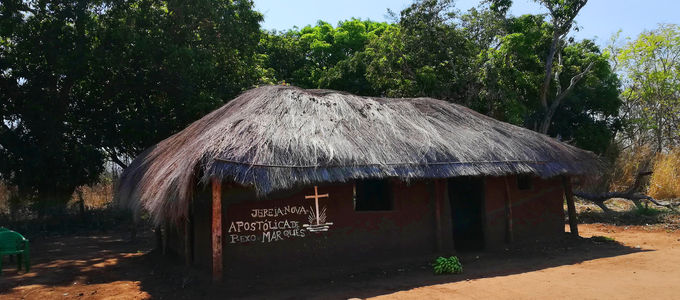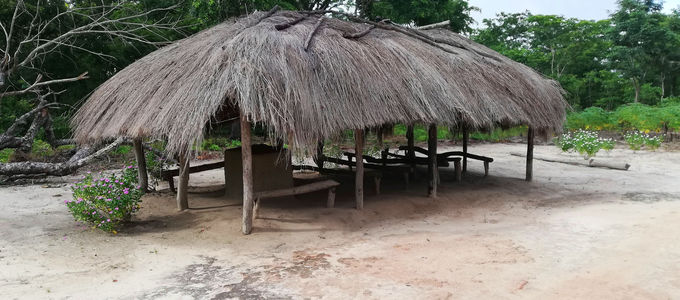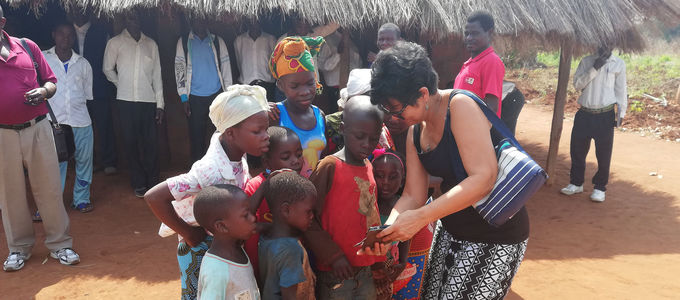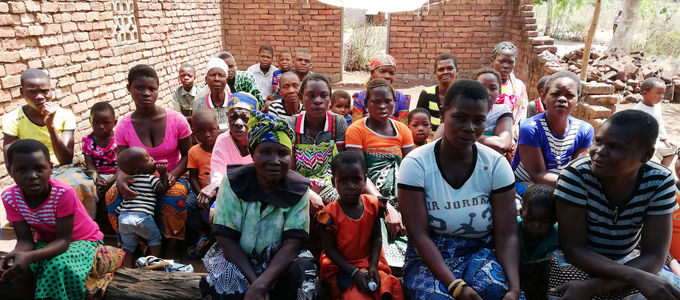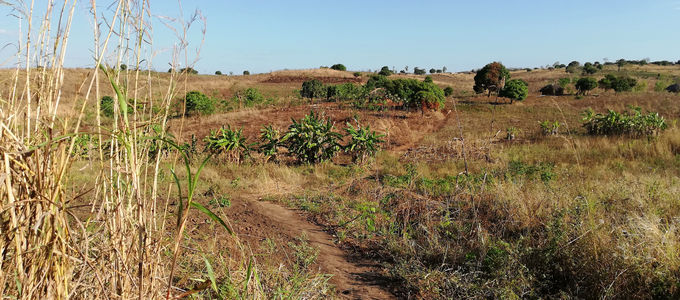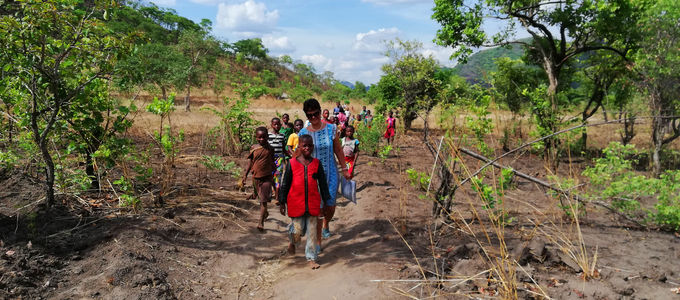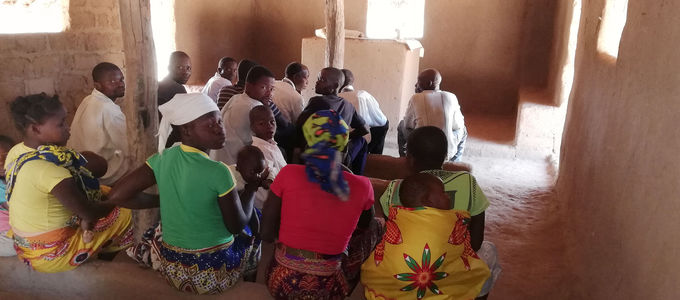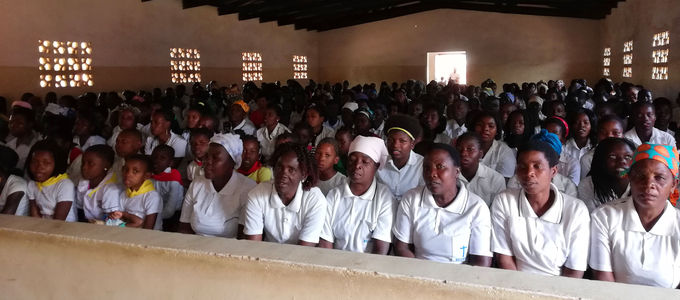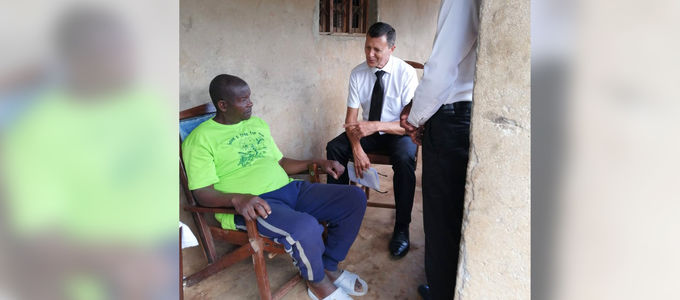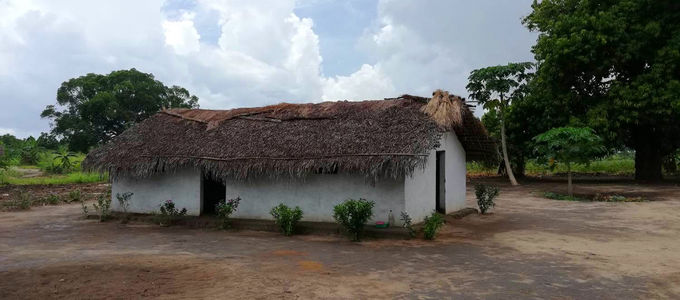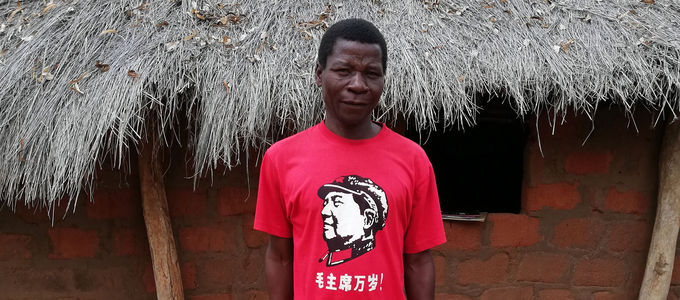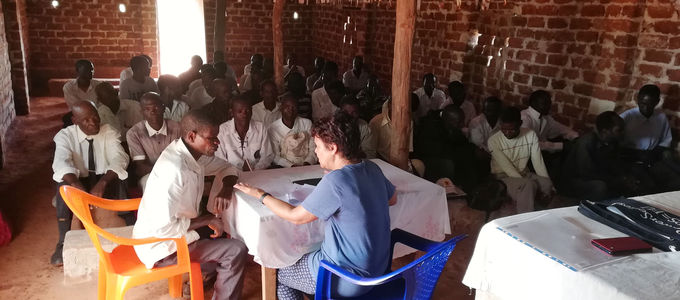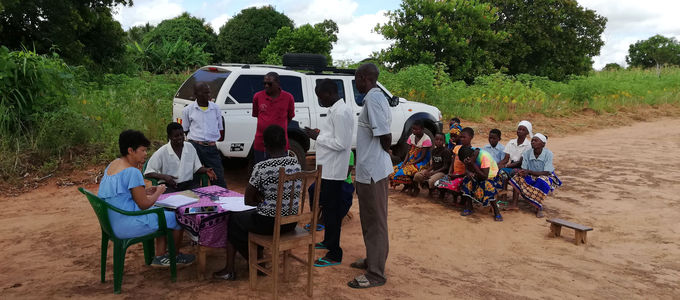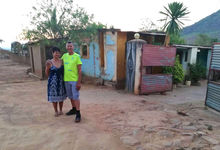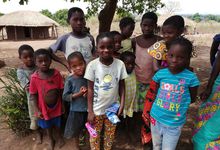Mozambique: in search of congregations (Part 2)
Alvin Witten and his wife, Jean, now live in Mozambique. They travel across the country, visiting hundreds of congregations, recording GPS coordinates, taking pictures of rectors and churches. Their to-do list has 1,326 congregations on it.
They have been on the road for several months now. Sometimes just the two of them, sometimes with local ministers. Sometimes by car, sometimes on foot. And when they are travelling by car, it is not always on the road: “The road between Maputo and Mocuba is just terrible. Even though this is a national road, it is broken in most areas for kilometres at a time. For long distances, vehicles travel on the side of the road rather than on the surface, because the surface of the road is so bad.” Another problem they often come across are washed out roads or bridges, something that happens often in the rainy season.
And then there are police stops. They encounter them often and they always hold you up. “Travelling in Mozambique, especially through the villages, is trying and tiring. It could take up to five hours to travel 100 kilometres,” the Bishop says.
Thousands of kilometres away from home
Another challenge for the English-speaking couple is that Mozambique is a Portuguese-speaking country. “So Jean and I started learning Portuguese even before leaving for Mozambique,” Alvin Witten says.
For the first year they lived in Maputo, which is in the south of the country. It soon became evident that this arrangement was not going to work since most of the congregations are in the centre and north of the country, Bishop Witten explains. If they were going to be effective in what they wanted to achieve, it would have to be Mocuba—some 1,700 kilometres north of Maputo. They now live in Mocuba, some 3,500 kilometres from their children and friends in Cape Town (South Africa). There is very little infrastructure in the town: no cinemas or recreational facilities. The closest shopping centre is almost two hours away, and medical facilities are almost non-existent.
Not even Google always knows the way
“There are more than 1,300 congregations spread throughout the country in the most remote places. Google does not even have the names of smaller towns registered, let alone the villages,” the Bishop says. There was not only respect for the task at hand, but also significant uncertainties connected with it. Since there were no records of congregations and no records of ministers or members in Mozambique, the only way to remedy this problem was to actually physically visit each congregation.
But even this seemed impossible. Where do you go if there are no addresses, no roads, no landmarks—just bush and paths? So when Alvin and Jean Witten travel, they take the responsible Apostle with them, who will point them in the general direction of the congregations. Somewhere along the way, they are then met by the district rector, who is familiar with the area and shows them the way. Their fate rests in his hands.
When the road ends, you continue on foot
“Many times we have to park the vehicle in the field because there is just no road to the congregation. Then we continue on foot, often for kilometres in extreme heat.” Temperatures can reach 48 degrees Celsius, exhausting even for these tough travelers.
The personal contact with the members in the congregations is priceless, the Bishop says. “We love interacting with them and our brothers. We love visiting the villages and the people. They are extremely humble and live basic lives.” Divine services take place in churches made of mud or outside under a tree, for example.
As soon as they stop at the church, they are greeted by the local ministers. And before they know it they are surrounded by crowds. The members welcome them and then the discussions with the rector and district leader follow. They follow the same procedure at every congregation: Alvin and Jean Witten capture the GPS coordinates of the church building; take a picture of the building, the congregation, and the rector; gather personal details and contact numbers of the ministers; and collect and secure copies of the declaration (a document signed by the local chief or headman granting permission to use the land).
Then they show the ministers how to send required information via SMS to report attendance figures and the amount of offering. These are small steps towards putting the huge working area on the digital map. But there is still a lot to be done and there will undoubtedly be many unexpected challenges before this project is successfully completed.
In the last part of the report, we will learn how congregations are mapped. Where are the congregations located? Who is responsible? And how many members are there in each congregation? And can chickens and some unexpected army activity disrupt the project?
Article info
Author:
Date:
Keywords:
Oliver Rütten
16.09.2020
Mozambique,
Media,
Congregational life


